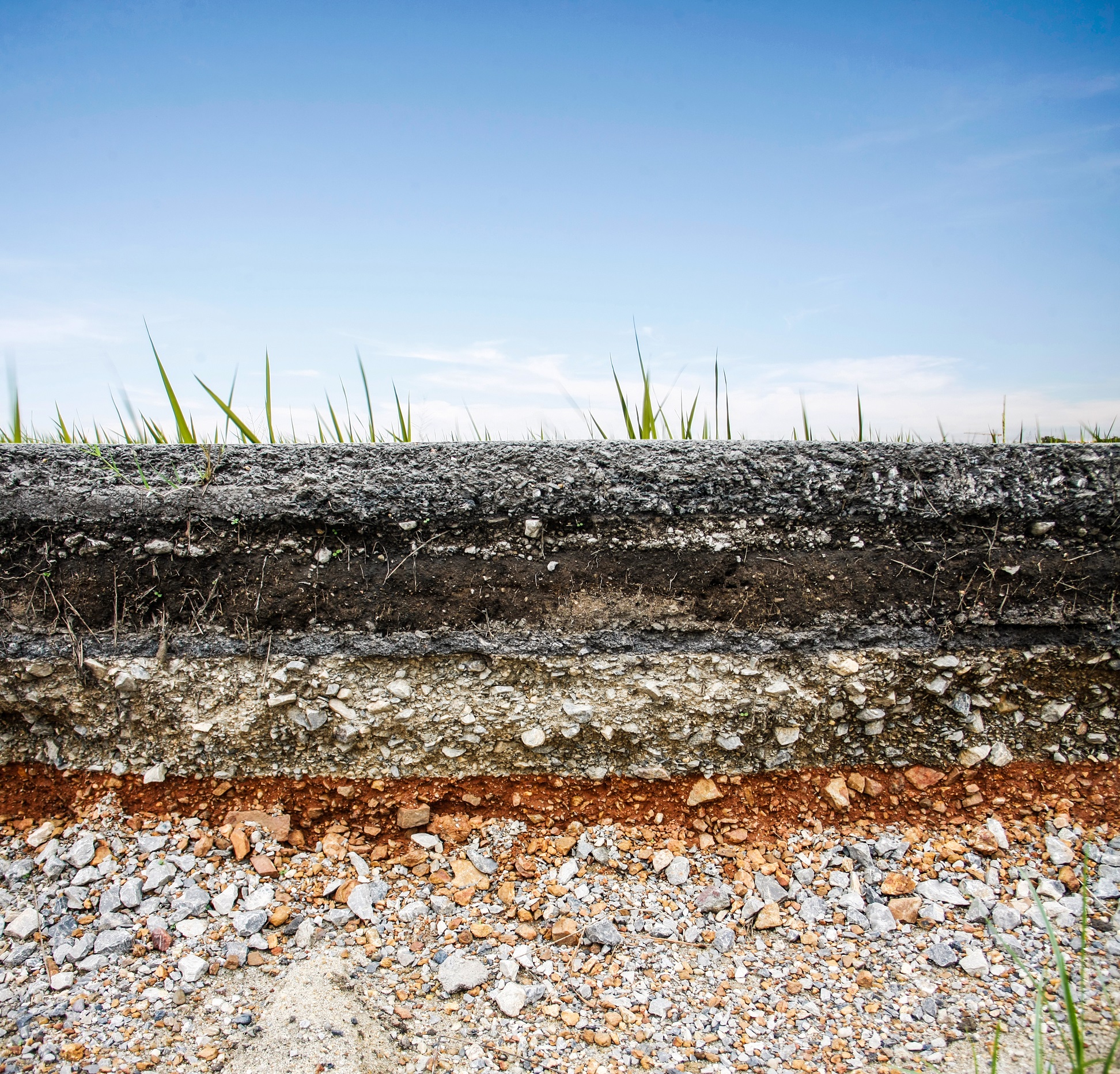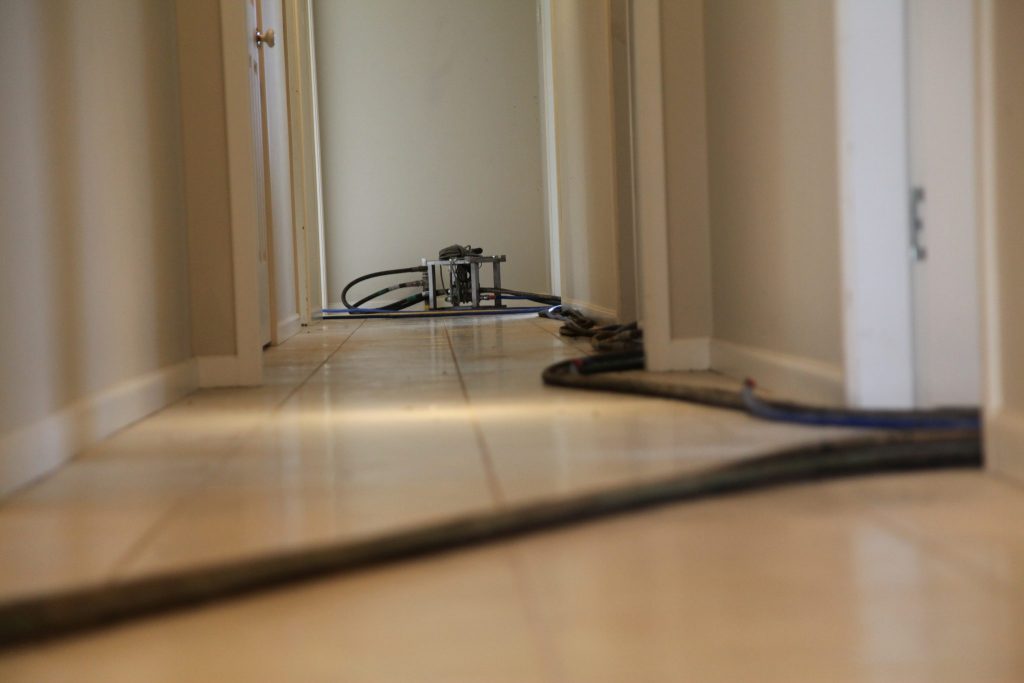
Cracking walls and uneven floors are usually symptoms of a deeper problem. Many structural issues are the result of unstable ground or subsidence, so understanding what’s happening in the ground will help to identify the cause of any structural issues that are happening to the building itself. Different soil types in particular give rise to different problems and require different solutions.
Robbie Blanchfield, Commercial Manager at ground engineering specialist Mainmark said: “The soil types commonly encountered in ground remediation work include clay, sand and silt, fill, and organic soils. Each have different characteristics and require different solutions to address building subsidence issues. It’s vital that developers and builders understand the type of soil used in order to correctly determine which solution is more suitable if subsidence does occur.”
- Clays
Structural problems often result from varying moisture levels in reactive clay soil. It swells when wet and shrinks when dry causing subsidence in drier conditions, or heave in wetter, areas. The soil can become oversaturated due to broken sewers, storm water pipes or burst mains. Over-saturated clay also loses its bearing capacity causing building footings to settle in the weakened soil, which can sink even further as it dries out.
- Sand and Silt
Structures on sand and silt soils often experience settlement caused by ground water, a natural underground watercourse or a leaking sewer or storm water pipe. The finer grains are washed away leaving larger grains to settle, and the building’s footings and foundations become unsupported, compromising the structure above.

- Fill
Fill is earthen material placed and compacted in a hole or depression. It can consist of soil, and can also include aggregate, rock or crushed construction waste. Structures built on fill are susceptible to the same issues as those on sand and silt, especially when water flows wash away finer material. Settlement is worse if the fill is poorly compacted.
- Organic
Organic soils, especially peat, are weak and highly compressible making them prone to settlement, as the weight of any structure causes compaction. Primary settlement decreases over time, but can total 100s of millimetres, resulting in significant structural issues.
Mainmark’s Teretek® resin injection solution is ideal for smaller, discrete areas typically affected by reactive clay soils and works well to strengthen building foundations. It expands in the ground on application, both compacting and strengthening the soil. Teretek is applied at very precise and specific injection points, and is a less invasive process than traditional underpinning remedies, as it doesn’t require extensive excavation and subsequent backfilling.
For more information and advice about solutions for different soil types, please visit www.mainmark.com/uk or call 0800 9750507

